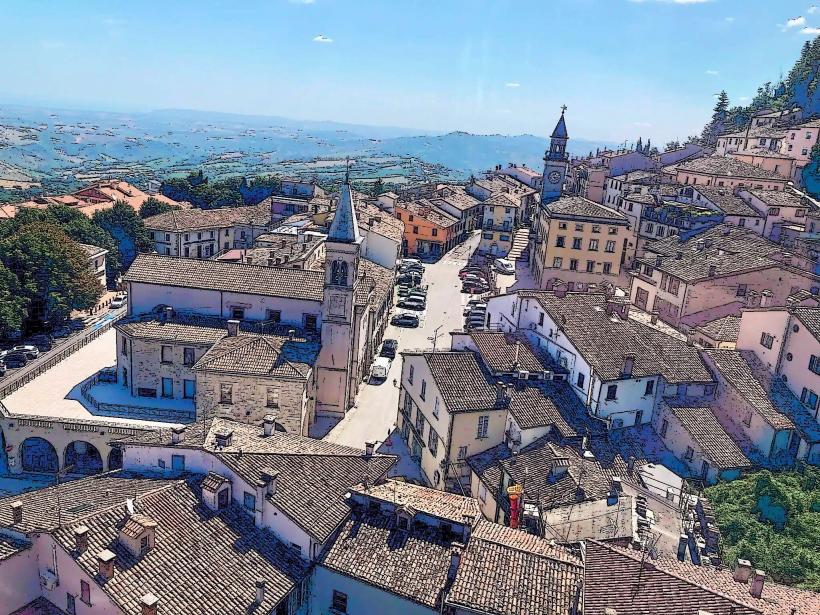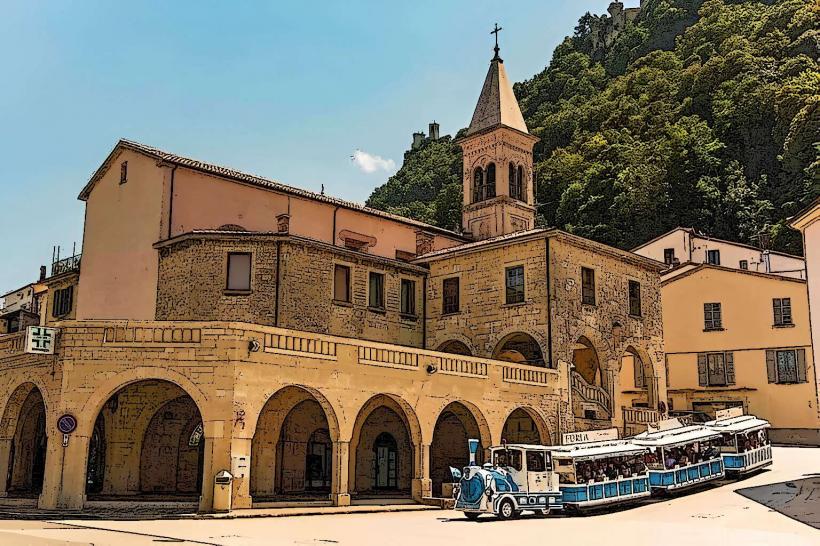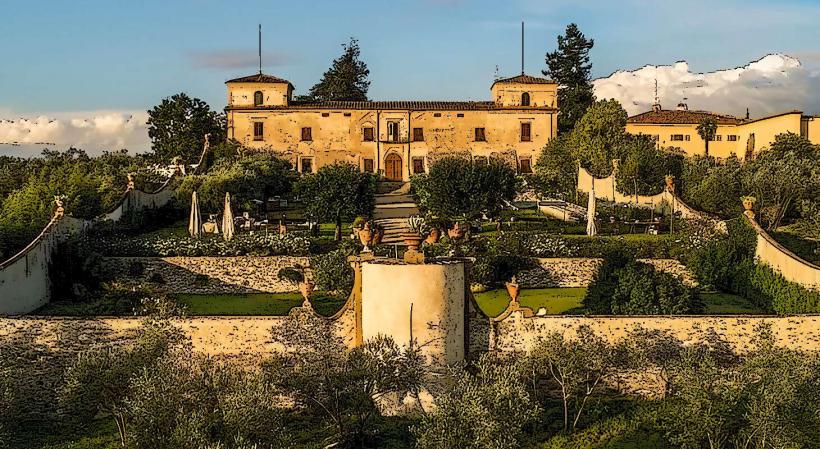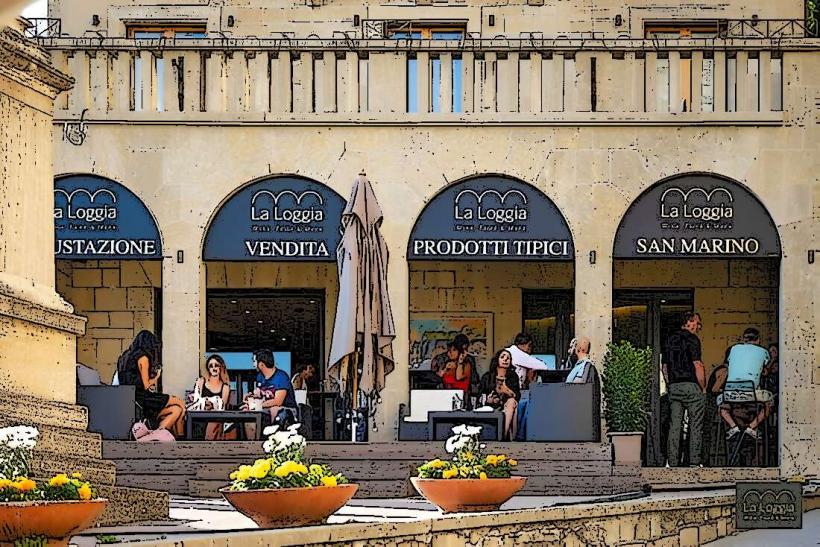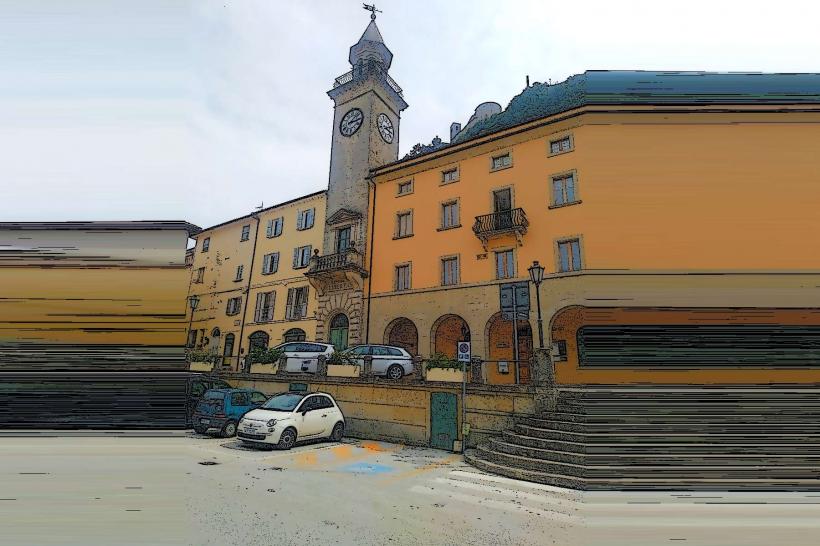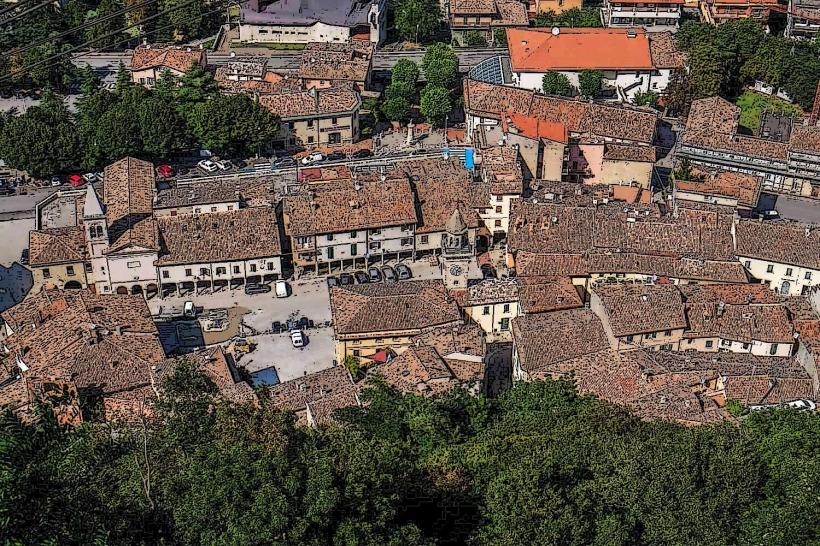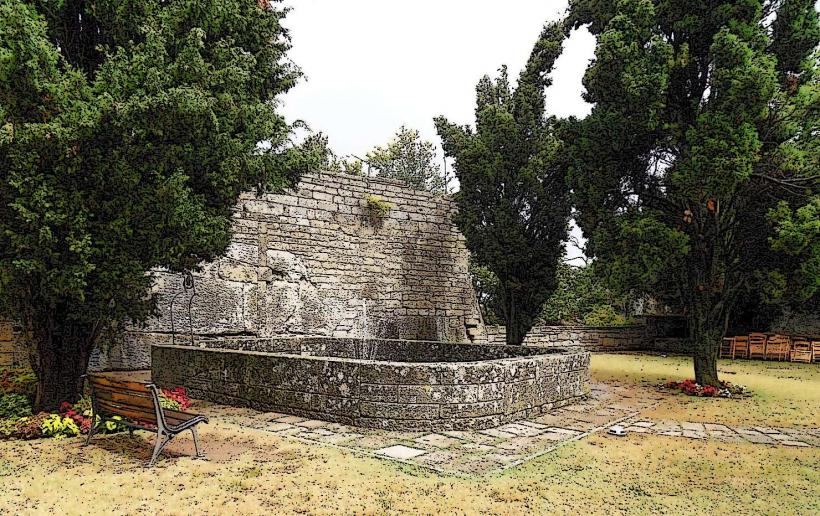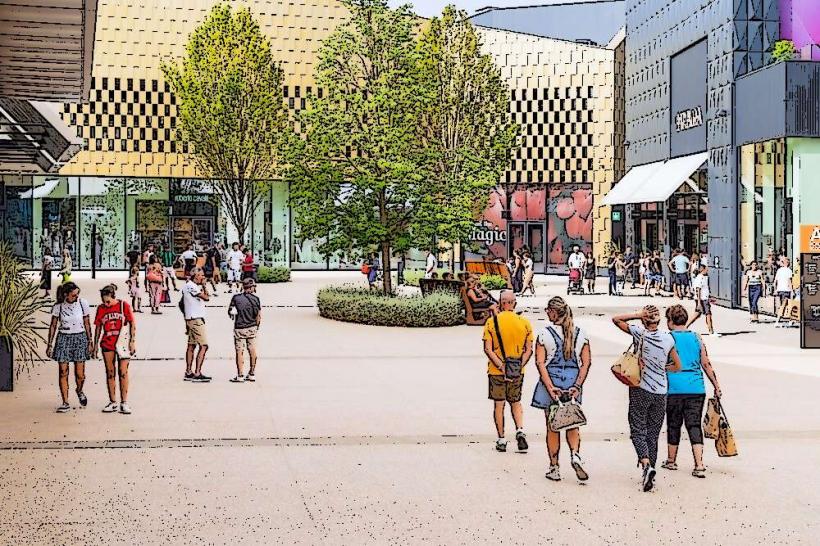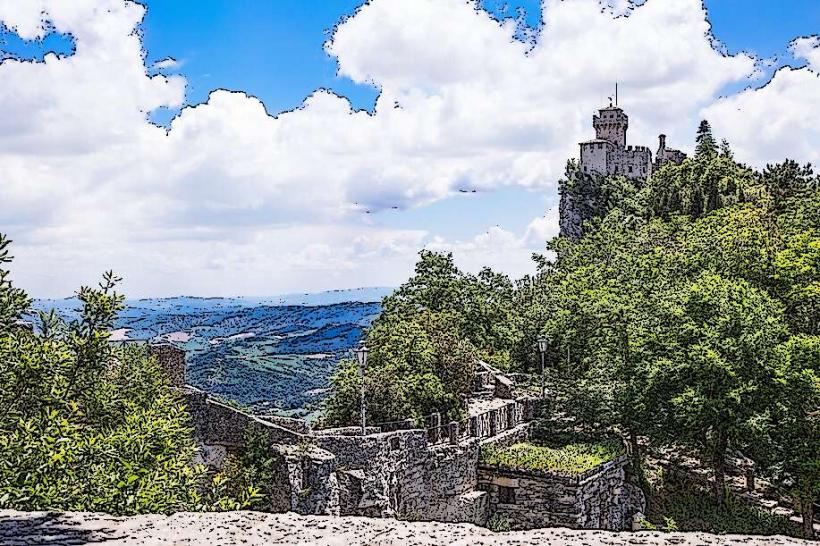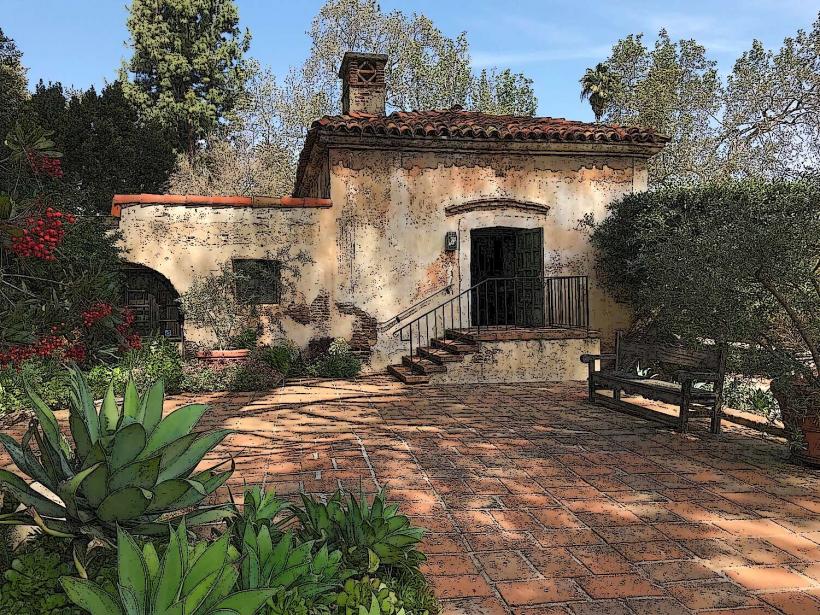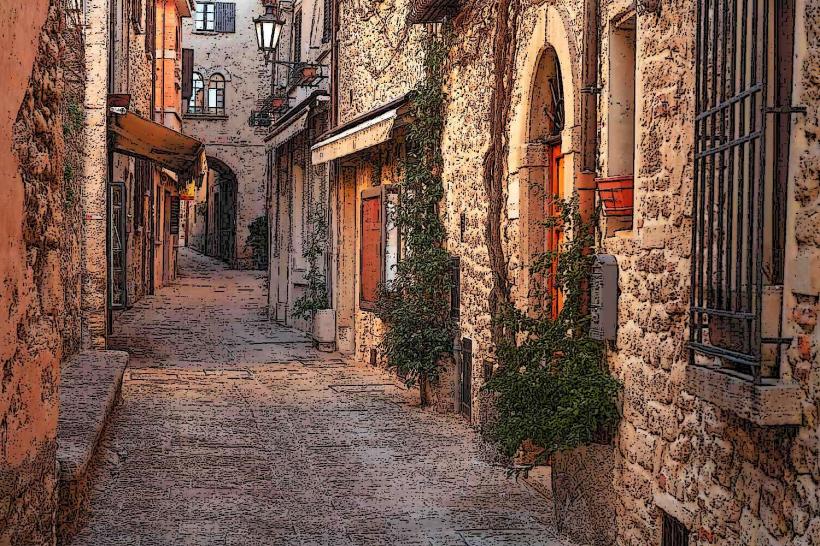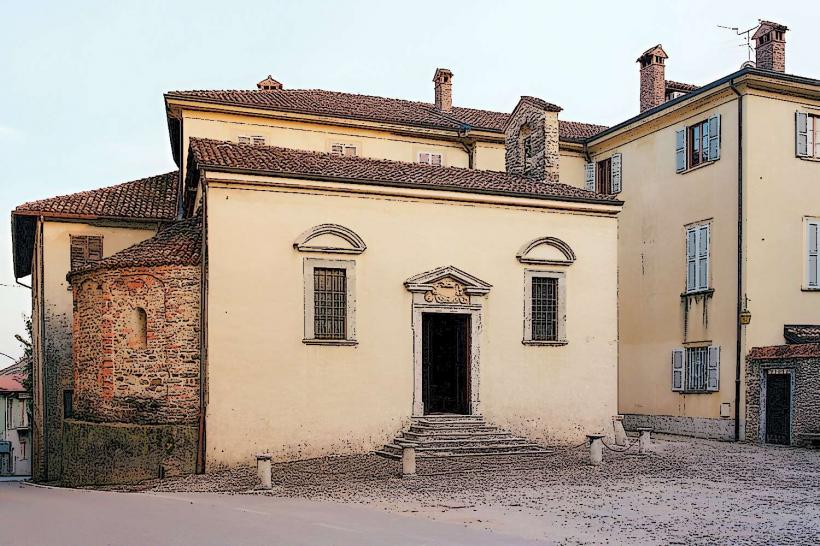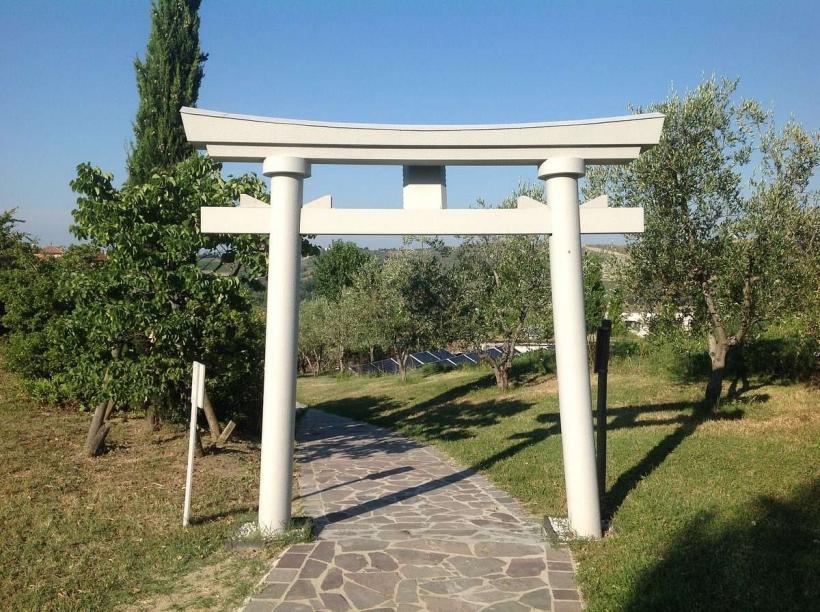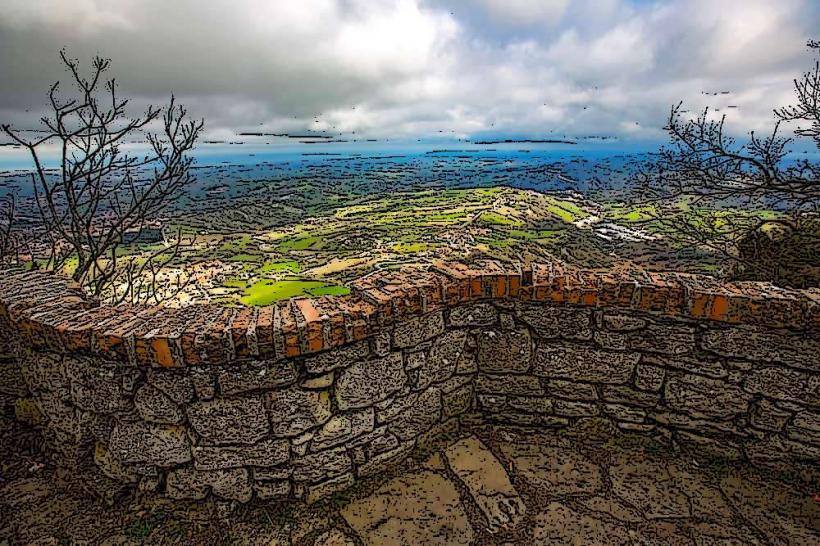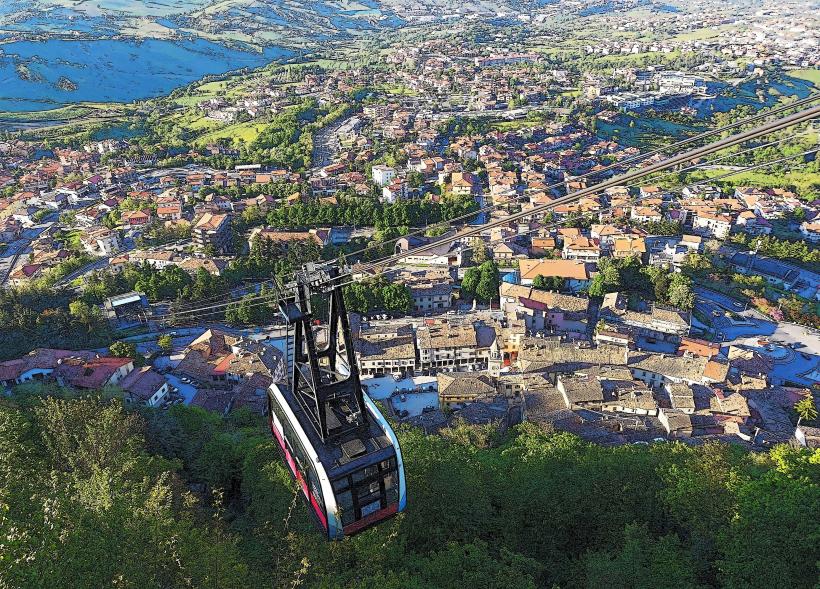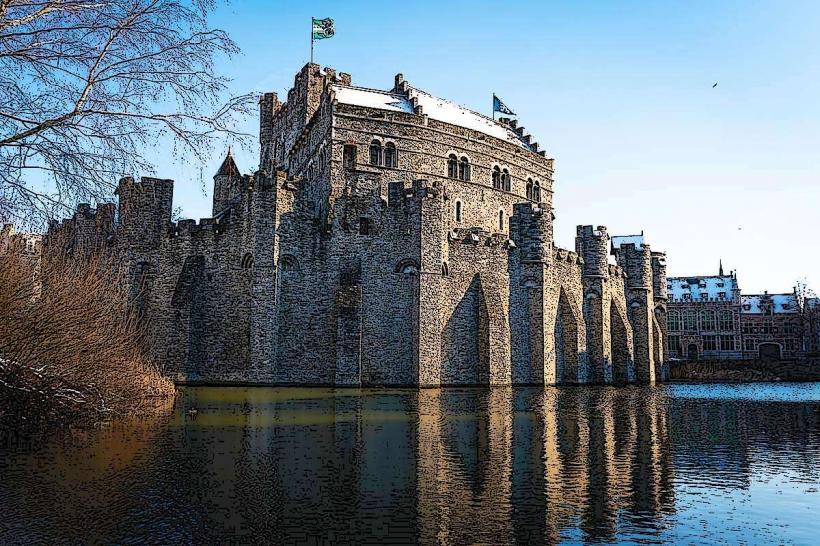Information
Landmark: Houses of ParliamentCity: Borgo Maggiore
Country: San Marino
Continent: Europe
The Houses of Parliament, also known as the Palace of Westminster, is one of London’s most iconic buildings, both architecturally and politically. It is the heart of the British parliamentary system and a UNESCO World Heritage Site. Here’s a detailed overview of the Houses of Parliament, its history, architecture, and political significance:
History and Background
- Origins: The origins of the Palace of Westminster date back to the 11th century, when it served as the royal residence of King Edward the Confessor. It was first used as a royal palace and seat of government in the medieval period. The palace was the center of English political life for centuries, with the first parliamentary meetings held there in the 13th century.
- Destruction by Fire: The original building was largely destroyed by a fire in 1834, leaving only the St Stephen’s Chapel and a few other sections intact. This tragedy led to the need for a major rebuilding project.
- Rebuilding (1840s-1850s): The new Palace of Westminster, as we see it today, was designed by the architect Charles Barry, with assistance from Augustus Pugin, who contributed to the Gothic Revival style. The rebuilding was completed in 1876, with the building serving as the seat of both the House of Commons and the House of Lords.
Architectural Features
The Palace of Westminster is a masterpiece of Victorian Gothic architecture, known for its grandeur, intricate details, and symbolism.
Key Architectural Features:
The Clock Tower (Big Ben):
- The clock tower, now known as the Elizabeth Tower, is perhaps the most recognizable part of the building. It houses the famous Big Ben bell, and its clock faces are visible from all sides of the palace. The tower stands at 316 feet (96 meters) tall and is a symbol of the UK.
- The clock tower is one of the most famous landmarks in the world, and its design is a defining feature of the Palace of Westminster.
The House of Commons:
- The House of Commons is the lower house of the UK Parliament and is where Members of Parliament (MPs) debate and pass legislation. The room is famous for its green benches and its central dispatch box. It is here that the Prime Minister and the opposition leader engage in debates.
- The design of the chamber is intentionally simple, reflecting the principle that MPs should be in close proximity to one another, promoting debate and the exchange of ideas.
The House of Lords:
- The House of Lords is the upper house of Parliament, made up of appointed members, including life peers, bishops, and hereditary peers. The chamber is richly decorated in red velvet and gold, symbolizing the traditions of the British aristocracy and the monarchy.
- The Lords chamber is used for more in-depth review and scrutiny of legislation passed by the Commons, and its architecture reflects the formal and ceremonial nature of the upper house’s role.
Westminster Hall:
- The Westminster Hall is the oldest part of the Palace of Westminster and has been used for various important events, including royal banquets and speeches. It was originally built in 1097 during the reign of William II.
- The hall features a stunning hammerbeam roof, considered an engineering marvel at the time, and is one of the oldest surviving roofs in Europe.
The Central Lobby:
- The Central Lobby is the heart of the building and acts as a connecting point between the House of Commons, the House of Lords, and the public. It is a grand space with a beautiful dome and is used for ceremonial purposes.
- This area is often the scene of the British monarchy's ceremonial entrance during the State Opening of Parliament.
The Victoria Tower:
- The Victoria Tower, standing at 323 feet (98 meters), is slightly taller than the Elizabeth Tower. It was built as a symbol of Queen Victoria’s reign and houses important archives of Parliament, including records of all legislation passed since 1497.
The Great Hall and St Stephen’s Hall:
- St Stephen’s Hall is a historic room that was once the home of the House of Commons before it was moved to its current location. It is now used for ceremonial functions and exhibits.
- The Great Hall, part of the medieval part of the Palace, was where many of England’s monarchs were crowned and served as a key gathering point for the medieval English Parliament.
Political Significance
- The Role of Parliament: The Palace of Westminster is the political center of the United Kingdom. The House of Commons is where the elected representatives (MPs) debate laws, scrutinize government policies, and represent the people. The House of Lords acts as a revising chamber, offering expertise and making amendments to legislation passed by the Commons.
- The Monarch’s Role: While the Palace is the seat of Parliament, the British monarch (currently Queen Elizabeth II, as of 2024) plays a ceremonial role. The monarch formally opens each new session of Parliament during the State Opening of Parliament, a grand event that includes a procession to Westminster, the reading of the Queen’s Speech, and the announcement of the government’s legislative agenda.
The State Opening of Parliament
- The State Opening of Parliament is one of the most important annual events in the UK political calendar. It marks the beginning of a new parliamentary session. The ceremony is full of tradition, with the Queen arriving at the Palace of Westminster in a state carriage, followed by a formal procession into the Lords chamber.
- The Queen then delivers the Queen’s Speech, outlining the government’s priorities for the coming year. The speech is written by the ruling government and is delivered by the monarch in a formal, ceremonial role.
Public Access and Tours
- Visitor Experience: The Palace of Westminster is not only the site of political decision-making but also a popular tourist attraction. Visitors can explore the chambers of the House of Commons and the House of Lords, see the architectural details, and learn about the history of the British government.
- Guided Tours: The Houses of Parliament offer guided tours for visitors, which take them through key areas such as Westminster Hall, St Stephen’s Hall, and the central lobby, along with a chance to view parliamentary debates when the Houses are sitting.
- Opening Hours: The public can visit the Palace when Parliament is not in session, but tours are limited when debates are taking place. Public access is typically available when the Houses are in recess or on days when there is no business scheduled.
Cultural and National Importance
- Symbol of British Democracy: The Palace of Westminster is an enduring symbol of British democracy, representing the principle of parliamentary sovereignty and the constitutional monarchy. It has witnessed countless historical events, including debates, votes, and speeches that have shaped the modern world.
- Cultural Icon: The Palace has appeared in numerous films, television shows, and artworks. It is often used to symbolize London, Britain, and British political life in popular media. The combination of its striking architecture and political importance makes it one of the most recognized buildings globally.
- UNESCO World Heritage Site: The Palace of Westminster, along with Westminster Abbey and St Margaret’s Church, was designated a UNESCO World Heritage Site in 1987 due to its architectural and historical significance.
Conclusion
The Houses of Parliament is not only a remarkable architectural landmark but also the core of the UK's political system. It represents a deep history of governance, democracy, and national identity. Whether admired for its beauty, its role in lawmaking, or its symbolic connection to British politics, the Palace of Westminster remains one of the most important and recognizable buildings in the world.

